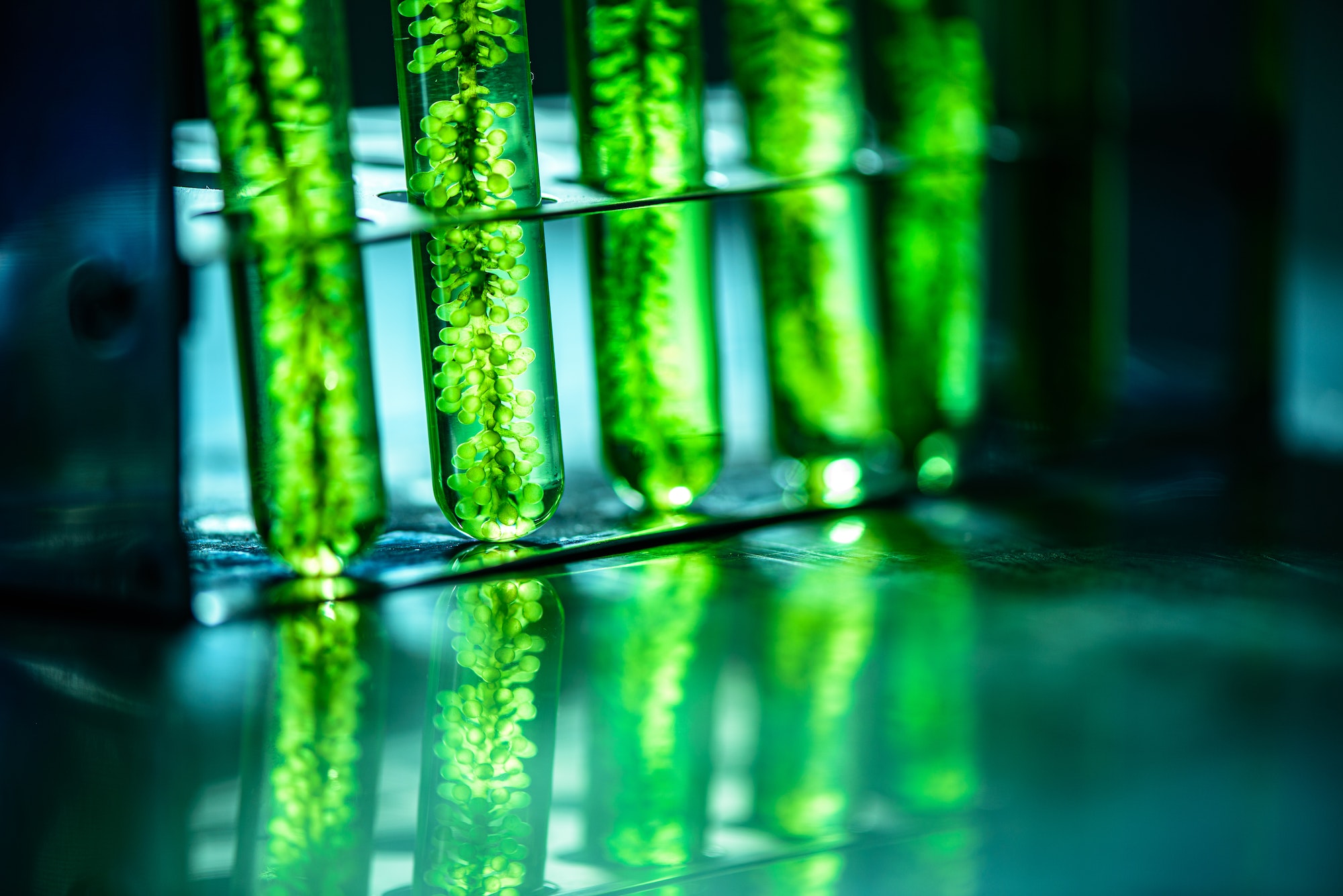Photobioreactors (PBRs) are engineered systems designed to cultivate microalgae or other photosynthetic organisms in a controlled environment. They have gained significant attention in recent years due to their potential applications in various industries, including biofuel production, wastewater treatment, and food and feed supplements. PBRs can be broadly classified into two categories: open and closed PBRs. While closed PBRs offer several advantages over open systems, such as better control of cultivation conditions and reduced contamination risks, they also come with their own set of disadvantages. This article will focus on the drawbacks associated with closed PBRs and provide an overview of the different types of photobioreactors.
Disadvantages of Closed Photobioreactors
- High Capital and Operational Costs: One of the primary disadvantages of closed PBRs is the high initial investment required for their construction. They are typically more expensive than open systems due to the need for specialized materials and equipment, such as transparent tubes or panels, gas exchange systems, and temperature control systems. Additionally, closed PBRs have higher operational costs because they require energy for mixing, cooling, and maintaining optimal cultivation conditions.
- Limited Scalability: Closed PBRs can be challenging to scale up from laboratory or pilot-scale operations to industrial-scale production. The main reason for this is that increasing the size of a closed PBR often leads to a decrease in light penetration, which negatively affects photosynthesis and biomass productivity. This limitation is especially pronounced in tubular PBRs, where light penetration decreases with increasing tube diameter.
- Gas Exchange Limitations: Efficient gas exchange is crucial for maintaining optimal growth conditions in a PBR. In closed systems, gas exchange often occurs through gas-permeable membranes or by sparging gas directly into the culture medium. However, these methods can lead to limitations in CO2 supply and O2 removal, particularly at high biomass concentrations. Insufficient gas exchange can result in suboptimal growth conditions and reduced productivity.
- Temperature Control: Maintaining an optimal temperature is essential for the growth and productivity of microalgae. Closed PBRs are more prone to overheating than open systems due to the greenhouse effect, which occurs when sunlight enters the reactor and gets trapped as heat. Cooling systems are often required to maintain a constant temperature, which adds to the operational costs of closed PBRs.
- Cleaning and Maintenance: Closed PBRs can be challenging to clean and maintain due to the buildup of biofilms and other fouling materials on the inner surfaces of the reactor. This buildup can decrease light penetration and overall system efficiency, leading to reduced productivity. Regular cleaning and maintenance are necessary to maintain optimal performance, adding to the operational costs of closed PBRs.
Types of Photobioreactors
- Flat Panel PBRs: These are closed systems consisting of transparent flat panels through which light can penetrate. They offer high surface area-to-volume ratios, allowing for better light distribution and higher biomass productivity than tubular PBRs. However, they can be expensive to construct and require extensive temperature control systems.
- Tubular PBRs: Tubular PBRs consist of transparent tubes arranged in either horizontal or vertical configurations. They are among the most common types of closed PBRs due to their relatively simple design and ease of construction. However, they suffer from limited light penetration and scalability issues.
- Bubble Column PBRs: These reactors consist of a vertical column filled with culture medium, with gas bubbles introduced at the bottom to provide mixing and gas exchange. Bubble column PBRs offer efficient CO2 delivery and O2 removal but can suffer from poor light penetration.
- Airlift PBRs: Airlift reactors are similar to bubble column PBRs but rely on air lift pumps to circulate the culture medium. They offer improved mixing and gas exchange compared to bubble columns but still suffer from limited light penetration.
In conclusion, while closed photobioreactors offer several advantages over open systems, they also come with significant challenges and limitations. Researchers and engineers must carefully consider these disadvantages when designing and implementing closed PBRs for microalgae cultivation and other applications.

